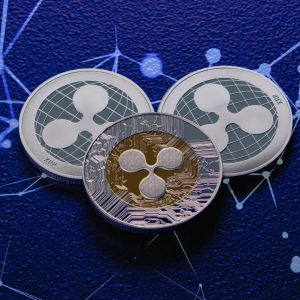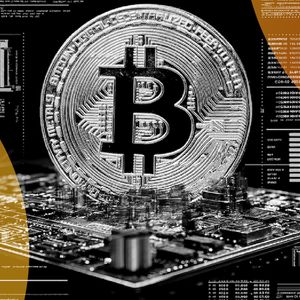Data shows that almost 60% of transactions on XRPL are payments.
3 min read
Payments remain the biggest use case of XRP Ledger, with weekly payments on the network increasing by more than 430% in less than two years. Data from Dune Analytics shows that weekly payment transactions on the network moved from around 1.5 million in 2023 to over 8 million in 2025. This represents almost 60% of the 14.1 million weekly transactions on the network. XRPScan data also supports this, showing that the daily payment transaction for July 1 was almost 967,000 for July 1 out of the total 1.53 million transactions on the network. Payments dominate XRPL activity (Source: Dune Analytics) The dominance of payment transactions on XRPL is unsurprising, as it highlights its major use case. According to Ripple, the network is designed for swift, cost-effective global payments, ensuring rapid and affordable money transfers with XRP as the “bridge currency.” The growing adoption of Ripple Payments by institutional users appears to be a big contributor to the surge in payment transactions on the network, particularly in the last few years. With Ripple Payments licensed in the UAE and strengthening its position in the Middle East, the network activity has gradually increased. XRPL continues to grow with new users as DeFi activity picks up Meanwhile, the Dune data also noted that other transaction types, such as decentralized exchange (DEX) trades known as Offers on XRPL and non-fungible token (NFT) mints, are happening on the network. According to Dune Analytics, XRPL DEXs are seeing an average of 2,300 traders daily, with more than 400 XRP pairs available and over 384 million XRP in transaction volume. While this pales in comparison to other smart contract networks such as Solana, BNB Chain, and Ethereum, it highlights the gradual growth of the network’s DeFi sector. Its Automated Markets Makers (AMMs) have also provided direct liquidity to the DEX with more than 20,000 AMM pools live on the network. Interestingly, the data shows that XRPL is still adding new users despite having existed for over 13 years. On June 30, it added over 2,800 new users, taking its total accounts to more than 5.6 million. Despite its relatively muted activity that has seen it generate only over 4 billion transactions in over a decade, signs of sustained maturity are already evident with average daily transactions now over 2 million compared to just 50,000 in 2013. The network’s DeFi activity could soon increase with XRPL set to have an EVM-compatible side chain that works seamlessly with Ethereum soon, finally allowing decentralized applications on Ethereum to deploy on the network. Even with that, many expect payment processing to still make up the bulk of the activity on the platform. Ripple ends case against SEC Meanwhile, the generally positive performance of the XRPL ecosystem has been fuelling XRP token performance this year, allowing the token to maintain its resilience despite altcoins’ struggle. Despite a decline of almost 2% today, the token remains one of the best performers. However, it could see substantial gains soon with Ripple’s long-running legal issues with the US Securities and Exchange Commission (SEC) set to end soon. In late June, Ripple dropped its cross-appeal in the SEC lawsuit days after a judge rejected a plea from both Ripple and the SEC for an early settlement. This implies that Ripple is now ready to close this lawsuit and move on, even if it leads to paying more in settlements and accepting some terms. CEO Brad Garlinghouse said Ripple intends to focus on building, not fighting, showing the company’s desire for legal clarity. That legal clarity makes a good case for improved adoption, which will be a massive win for Ripple and XRP. Many stakeholders believe that legal clarity will pave the way for an XRP exchange-traded fund (ETF) and open the door to the much-coveted institutional adoption. Cryptopolitan Academy: Tired of market swings? Learn how DeFi can help you build steady passive income. Register Now

Source: Cryptopolitan


